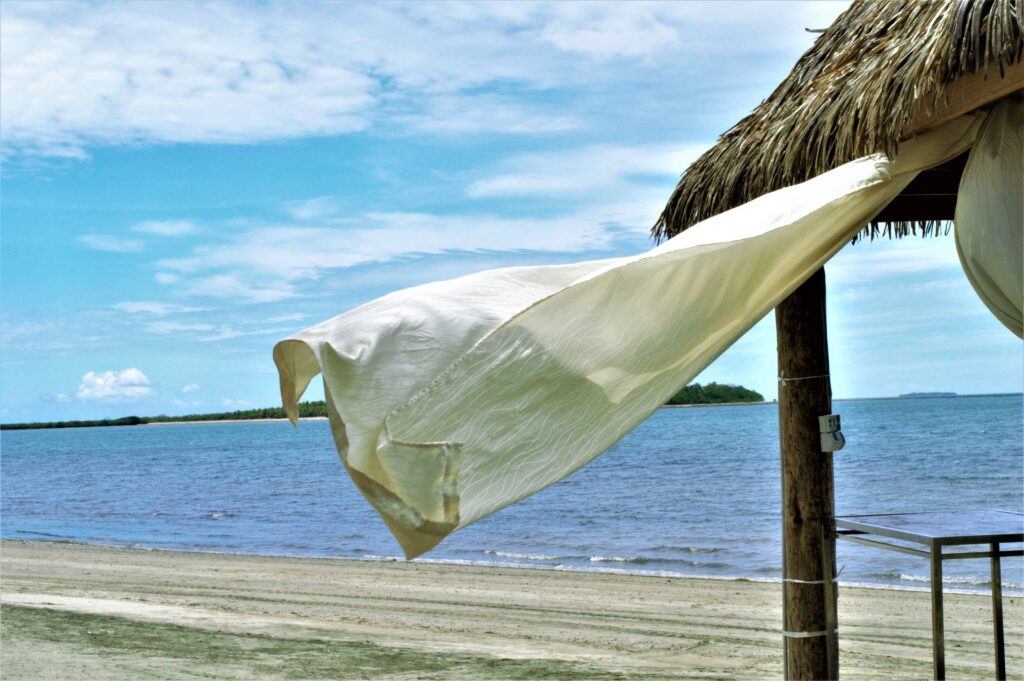
For some, 2020 brought a lot of uncertainty, instability and doubt. For others, it’s probably been a blessing. Either way, we find ourselves embracing change because the world surely will never quite be the same again, or at least the way we knew it to be. Now, that doesn’t have to be a bad thing, because times like these also bring new opportunities, ideas and pathways.
I’ve spoken to so many people over the last few months who are re-evaluating their career options and pathways, or starting new endeavors. I’m sharing some of my personal experiences on this front. If we were to think more holistically and explore dimensions not yet explored, it becomes important to go through a stage I have called the “blank canvas”.
This means to start the thinking process from scratch, to become indifferent to our existing world-view and rethink, reimagine and reality test any new thoughts without any preconceived ideas or views. It’s almost like targeted meditation with eyes open. Sounds weird I know, but let me unpack how this works…
The environment we live in has to be conducive to and supportive of the state of mind we want to achieve/ induce. For me, it’s the sound of flowing water that instantaneously brings stillness to my mind. Regardless of what I’m thinking, when I hear the sound of water in nature, any other thoughts subside and my mind ceases to be ‘busy’ or at the very least, becomes less busier and alert to the sound of the water. Put simply, I become present, for I’m not thinking of the past, nor of the future at that point. For some people, this clarity and stillness of mind could come from spending time in the hinterlands, experiencing a cooling breeze, gazing at the night sky, or it could even be from seeing the hustle of the city traffic! Each of us tend to have this ‘happy place’.
Through my personal journey, I have realised that the most powerful “impressions” that hold us back from thinking differently is our own preconceived ideas and notions. Here, I refer to ‘impressions’ in the yogic sense of the word (in Sanskrit referred to as Samskaras), which is essentially memory relating to past occurrences which no longer serves us, yet it manifests in the form of ideologies or personal positions that influence our decision making. When under the influence of such past impressions, our independence and objectivity is compromised such that before attempting to do something new, the mind tries to dig deep holes of self doubt and ambiguity. We start asking questions like:
- What would people think?
- What if I fail? This person I know tried to do it and failed!
- Will it be embarrassing?
- I might become unpopular or loose friends…
It’s unfortunate but true that our creative element gets masked by these preconceived thoughts and opinions. Such doubts often stem from the social institution we’re brought up in or live within and that works against our own progress.
Awareness of our thoughts and pattern of thinking is a powerful skill that can give immense clarity. Mere observation of how our mind is operating ensures that our world view is not confined only to that which we are comfortable or familiar with, for brilliance is never comfortable. To be able to think in this way requires a state of mind of minimal or no thoughts; this is when creativity dawns. No great feat or positive difference was achieved by anyone who didn’t dare to do something different. To venture on new paths, and more importantly to start the process of paving new paths requires creativity, courage and confidence in ourselves.
To invoke our creative potential, know that anything that induces a moment where our usual ‘monkey mind’ with heaps of thoughts transforms into one with little to no thoughts with the ability to hold space for creativity is our ‘BLANK CANVAS’. When the mind is not pre-occupied with thoughts, it’s ability to focus and problem-solve improves exponentially.
This state of mind I’m calling the ‘blank canvas’ is the best time to reflect on our journey so far and pave a path forward that is goal centric, with vigorous reality testing through reflection and introspection. Here, ask questions, challenge your own opinions and perspectives to create new ones. In a summarised form, one way to foster such a state of mind could look like this:
- Identify what helps you achieve a state of minimal thoughts or no thoughts – this is the first and the most critical step. This may be a physical setting, sport, activity or spiritual practice.
- Become aware of your own social constructs, norms, and preconceived opinions that prevent the dominance of your creative mindset.
- Channel your thoughts and efforts towards creating and delivering your new potential.
- Embrace being in the ‘uncomfortable’, be courageous and dare to be different!
I should also mention that the state of mind I’m describing here that can enable such creative potential can also be much easily achieved through some specific yogic practices such as pranayama, meditation or any form of kriya yoga, but the process I’ve described above is an externalised route to the same destination.